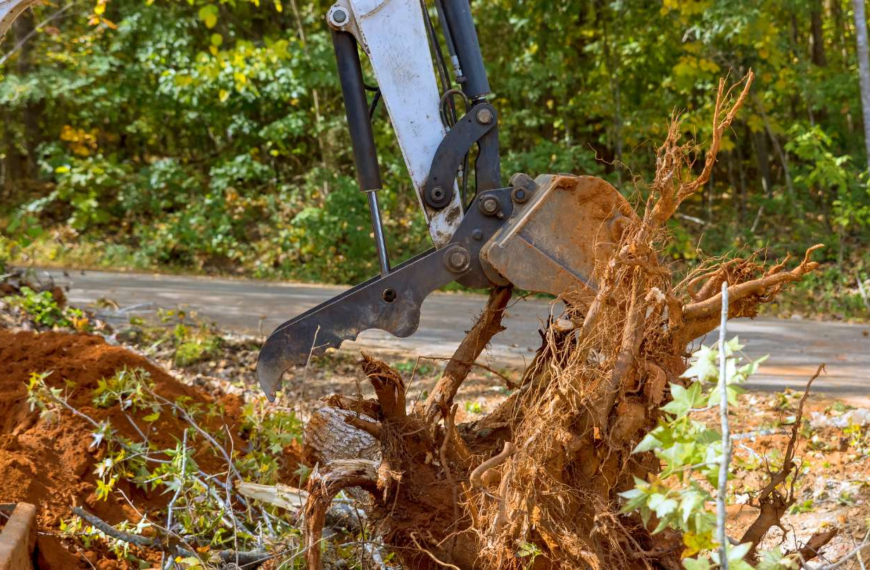Jewelry polishing machines, while efficient, can present several challenges. Understanding common issues and their solutions is crucial for maintaining optimal performance and preventing damage to both the machine and your jewelry.
One frequent problem involves inconsistent polishing results. This often stems from improper buffing compound application. Insufficient compound leads to uneven polishing, while excessive amounts can clog the wheel and create a dull finish. The solution lies in applying a thin, even layer of compound to the polishing wheel, regularly removing excess buildup. Different compounds are suited to different metals; using the wrong compound can also lead to unsatisfactory results.
Another common issue with jewelry polishing machine is overheating. Overheating can be caused by several factors, including using the machine for extended periods without breaks, applying excessive pressure, or using a dull polishing wheel. Overheating can damage the machine’s motor and even cause the jewelry to overheat and discolor. Regular breaks, moderate pressure application, and replacing worn wheels are essential preventative measures. Additionally, ensuring adequate ventilation around the machine helps to dissipate heat.
Vibrations during operation are another potential problem, often indicating a loose component or an imbalance in the polishing wheel. This can lead to uneven polishing and even damage to the machine. Thoroughly checking all screws and bolts, ensuring the wheel is properly secured, and balancing the wheel (if possible) are essential steps in resolving this issue. A significantly imbalanced wheel can cause significant damage, potentially necessitating replacement.
Another source of difficulty is the build-up of debris. Polishing generates dust and small metal particles that accumulate on the wheel and machine components. This debris can clog the wheel, reducing its effectiveness and potentially scratching the jewelry. Regular cleaning with a brush and compressed air is crucial. Always turn off and unplug the machine before cleaning to ensure safety.
Finally, noisy operation can signal a number of problems, including worn bearings, loose components, or motor issues. Ignoring unusual noises can lead to more significant and costly repairs later. If you notice unusual sounds, immediately stop using the machine and consult a repair manual or professional technician for assistance. Regular maintenance, including lubrication as recommended by the manufacturer, can help prevent many noise-related problems. Early detection and resolution of these issues will significantly extend the lifespan of your jewelry polishing machine.














